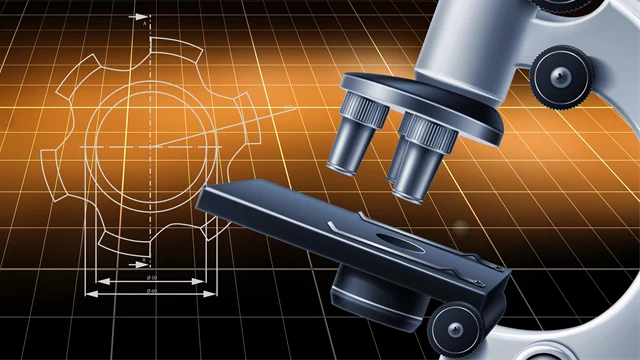
Products
Iron-based stainless brazing filler metals
Our iron-based stainless brazing filler metals are particularly popular for applications where conventional copper-brazing is replaced with stainless-steel brazing. This includes applications such as oil coolers and brazed plate heat exchangers (BPHE), where there is a need to keep copper contents at a minimum level in the end application. In high-temperature and corrosive environments, leaching of copper into the engine oil in an oil cooler or into the fluid in a brazed plate heat exchanger can occur. For oil coolers this is generally unwanted as it affects the performance and lifetime of the cooling system.
For brazed components for drinking water applications, stringent regulations are in place to limit the maximum permissible copper ion contents in the water, which drives the requirement to use other brazing filler metals. Iron-based stainless brazing filler metals have shown a particular technical advantage with low or insignificant amounts of metal ion leaching to drinking water, outperforming both the conventional nickel-based brazing filler metals and copper-brazing.
BrazeLet® F300 and BrazeLet F86 are iron-based stainless brazing filler metals, with good wetting properties on stainless steel base materials in vacuum or protective atmospheres. The high levels of alloyed chromium (Cr) results in superior hot gas and acid corrosion resistance, which makes the alloys suitable for brazing of applications such as heat exchangers, stainless oil coolers for commercial vehicles and exhaust gas recirculation coolers. The main differences between the two alloys is found in the brazed joint strength and the recommended brazing temperature, where BrazeLet F86 offers higher strength than BrazeLet F300, but requires somewhat higher brazing temperatures.
In addition to our standard iron-based stainless steel brazing filler metals, Höganäs also have full capabilities and experience to develop customer-specific alloys in cooperation with our customers if required by the application. Please do not hesitate do contact us, should you see the need for a brazing filler metal with different properties than the existing product portfolio.
BrazeLet® Fe-based brazing filler metals
BrazeLet F300
BrazeLet® F300 is a unique stainless iron-chromium-based brazing filler metal for applications operating in extreme environments. Its unique chemical composition delivers similar corrosion resistance and joint strength properties to high-performing nickel-based filler metals. However, it is a more cost-effective alternative thanks to the use of less costly metals.
BrazeLet F300 has excellent wetting properties, low brazing temperature and creates a uniform joint with high strength and high corrosion- and oxidation resistance, making it suitable for heat exchanger applications in industry and the automotive sector.
The first choice for the increasing demand of copper-free brazing, e.g. for drinking water applications and oil coolers.
Benefits
- Cost-efficient
- Wide gap flexibility
- Corrosion resistant
- High strength
Composition
ISO 3677, B-Fe39CrNiCuPSi-1000/1070
Impurities according ISO 17672
Impurities according ANSI/AWS A5.8
Melting temperature
1000-1070 °C
Min. brazing temperature
1100 °C
BrazeLet F300DW-9007
BrazeLet F300DW-9201
BrazeLet F300P-9012
BrazeLet F300R-8501
BrazeLet F300R-9003
BrazeLet F86
Contact us

Sales & Technical support
Privacy policy
I agree that Höganäs can handle my personal data in order to contact me. My contact information may also be used in marketing purpose, such as newsletters and other relevant information. The data will not be shared with a third party. With my consent, I also confirm that I am over 16 year old.
More information about how we handle personal data can be found in our privacy policy.


